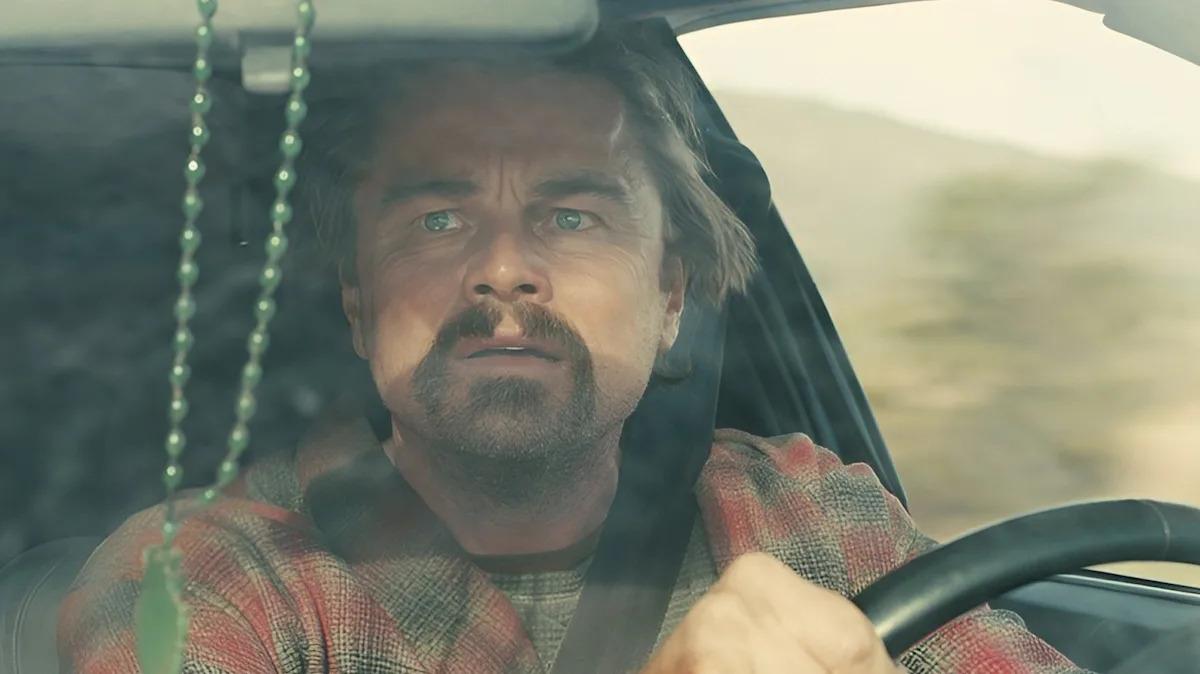THE PHANTOM MENACE: UNDERSTANDING THE CRUCIAL ROLE OF QUI-GON JINN AND OBI-WAN KENOBI
The conclusion of ‘Star Wars: Episode I – The Phantom Menace’ marks a pivotal moment in the Star Wars saga, particularly in the relationships between Qui-Gon Jinn, Obi-Wan Kenobi, and Anakin Skywalker. Qui-Gon Jinn’s death at the hands of Darth Maul sets in motion a series of events that shape the prequel trilogy. Despite his initial reservations and the concerns of the Jedi Council, Obi-Wan Kenobi takes on Anakin as his Padawan, a decision influenced by Qui-Gon’s dying wish. This master-apprentice dynamic is crucial, as Obi-Wan’s disciplined and level-headed approach is seen as necessary to balance Anakin’s impulsive nature.
The impact of Qui-Gon’s death extends beyond the immediate storyline, influencing the broader narrative of the Star Wars universe. Palpatine’s strategic maneuvers following Darth Maul’s defeat solidify his rise to power, setting the stage for the events of the subsequent films. The Jedi Council’s acceptance of Anakin as a Jedi, despite initial hesitations, is also a direct result of Qui-Gon’s death and Obi-Wan’s commitment to honoring his master’s wishes. This decision has lasting consequences, as Anakin’s training under Obi-Wan shapes his journey and ultimately contributes to his downfall.
The relationship between Obi-Wan and Qui-Gon is further highlighted in later narratives, such as the ‘Obi-Wan Kenobi’ series, where Obi-Wan’s ability to focus on the present and let go of past traumas is attributed to Qui-Gon’s teachings. This thematic continuity underscores the significant influence Qui-Gon had on Obi-Wan and, by extension, on Anakin, emphasizing the interconnectedness of their stories within the Star Wars galaxy. While specific quotes from the original article are not available, the key points and themes are maintained, providing a comprehensive overview of the crucial roles played by Qui-Gon Jinn and Obi-Wan Kenobi in shaping the Star Wars narrative.
Filipino Translation:
Yung impact ng pagkamatay ni Qui-Gon, hindi lang sa main storyline yun naramdaman—pati sa broader narrative ng buong Star Wars universe. After matalo si Darth Maul, nagkaroon ng chance si Palpatine to move up, kaya ito rin yung nag-set ng stage para sa next movies. And yung pagtanggap ng Jedi Council kay Anakin as Jedi, kahit medyo hesitant sila sa simula, direct na result din ng pagkamatay ni Qui-Gon at yung promise ni Obi-Wan na tuparin ang gusto ng master niya. Sobrang laki ng epekto nito in the long run, kasi yung training ni Anakin under Obi-Wan naging malaking factor sa journey ni Anakin hanggang sa pagbagsak niya.
Tapos yung relationship naman ni Obi-Wan kay Qui-Gon mas lalo pang nabibigyan ng pansin sa later stories, katulad ng 'Obi-Wan Kenobi' series. Dito makikita na kaya ni Obi-Wan mag-focus sa present at makalimot sa past traumas niya dahil sa mga turo ni Qui-Gon. Itong thematic continuity na ‘to pinapakita kung gaano kalaki ang influence ni Qui-Gon kay Obi-Wan, at indirectly pati kay Anakin, na sobrang interconnected talaga ang kwento nila within the Star Wars galaxy. Kahit na walang specific na quotes mula sa original article, yung main points at themes nandun pa rin, nagbibigay ng full overview kung gaano ka-crucial yung roles nina Qui-Gon Jinn at Obi-Wan Kenobi sa shaping ng buong Star Wars narrative.
The Phantom Menace Alternate Ending Revealed, Completely Rewriting Star Wars History was first published here.














